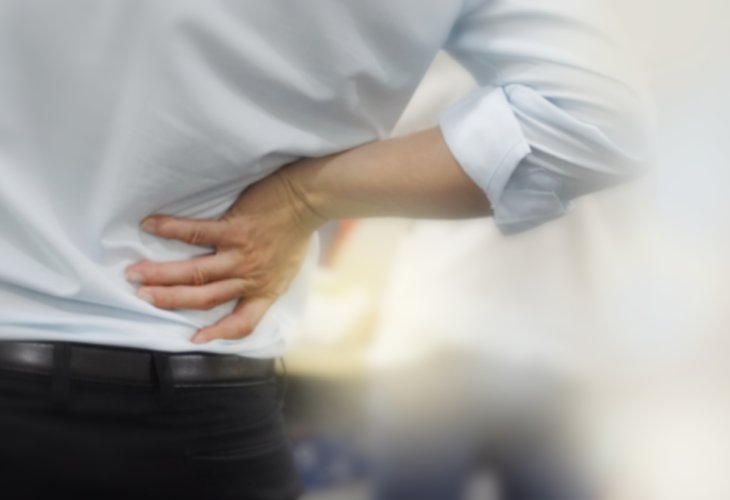Depression and Anxiety
Finding Balance with Chronic Pain: A Practical Guide to Activity, Mindset, and Healing
How to break the pain cycle through gradual movement, emotional resilience, and realistic expectations
 (Photo: Shutterstock)
(Photo: Shutterstock)As mentioned in previous articles, chronic pain can often lead to depression, particularly because of the lack of activity caused by the pain. Naturally, the less a person engages in activity, the more the situation becomes entrenched, making it harder to break free from the pain cycle. This inactivity leads to physical and emotional wear, frustration, and ultimately heightened pain levels.
Research shows that a low level of activity increases pain levels in people suffering from chronic pain. Chronic pain leads to reduced physical activity, which causes a decline in physical fitness, muscle weakness, and reduced flexibility, resulting in even more pain and further avoidance of activity, and the cycle continues.
At the same time, chronic pain can also lead to the development of unhealthy behavioral patterns. In contrast to complete avoidance of physical activity, many chronic pain sufferers overexert themselves on days when the pain is milder. This can lead to overuse and an eventual increase in pain. As a result, some days are marked by frustration due to total inactivity, while others are marked by overactivity- neither of which improves the person’s condition.
When the individual learns to manage their life more effectively by living more mindfully and maintaining better balance, they can avoid these extremes. They would be able to find that golden middle path of doing what they can, without overexerting themselves.
It is therefore essential to adjust behavioral patterns to create a balanced lifestyle that accommodates pain limitations. With practical observation and solution-focused thinking, one can identify suitable activities despite the pain, define appropriate levels, and gradually build a plan for manageable effort and exposure to previously avoided tasks.
For example, a person with chronic pain might discover that while their condition limits them to 60% of their former functioning, their emotional focus on pain has reduced their activity level to just 30%. With proper reflection and a structured plan, they could reassess their real abilities and align their activity with those abilities, rather than being driven by fear of pain.
What Prevents Activity?
It’s important to identify what prevents people suffering from chronic pain from staying active. In many cases, the reason is anxiety. The nervous system prepares the body to handle threats, and one part of that preparation is increased muscle tension. Unfortunately, this very tension intensifies pain and discourages physical activity.
It is therefore crucial for those suffering from chronic pain to learn self-relaxation and calming techniques. These can help relax the muscles, reduce pain, and ultimately enable more physical activity.
In other cases, negative thoughts such as “I can’t handle this” or “My life is ruined” can create an emotional state that diminishes motivation for any further effort. If the person can reduce anxiety, re-examine their assumptions, and break free from hopeless thoughts, they can become emotionally available again for the activities they once valued. To do so, one must learn to challenge limiting thoughts that appear in the mind as unquestionable truths.
For instance, someone with chronic pain might assume that visiting family will inevitably lead to suffering. Upon closer examination, that assumption may be built on other unfounded beliefs, such as family visits must be long, lively, and must leave a good impression. When they imagine trying to be upbeat and engaging for several hours, they conclude that the experience would be overwhelming.
If that same person learns to question those assumptions, they may realize that a short, low-key visit- even one with minimal conversation- is still better than not visiting at all. This logic, of course, applies to many other areas of life.

